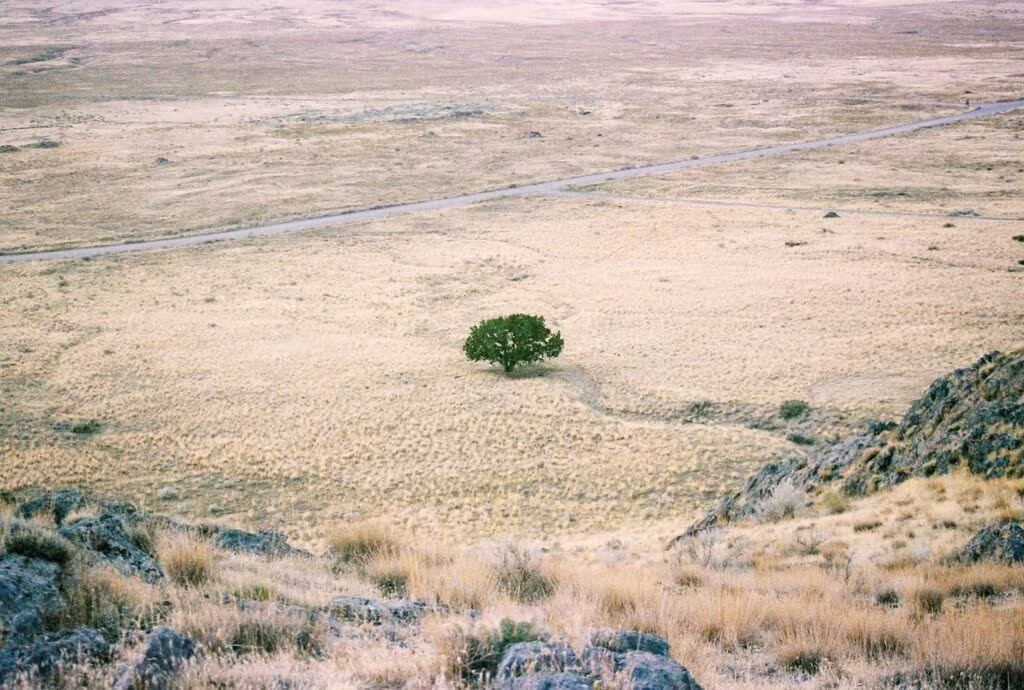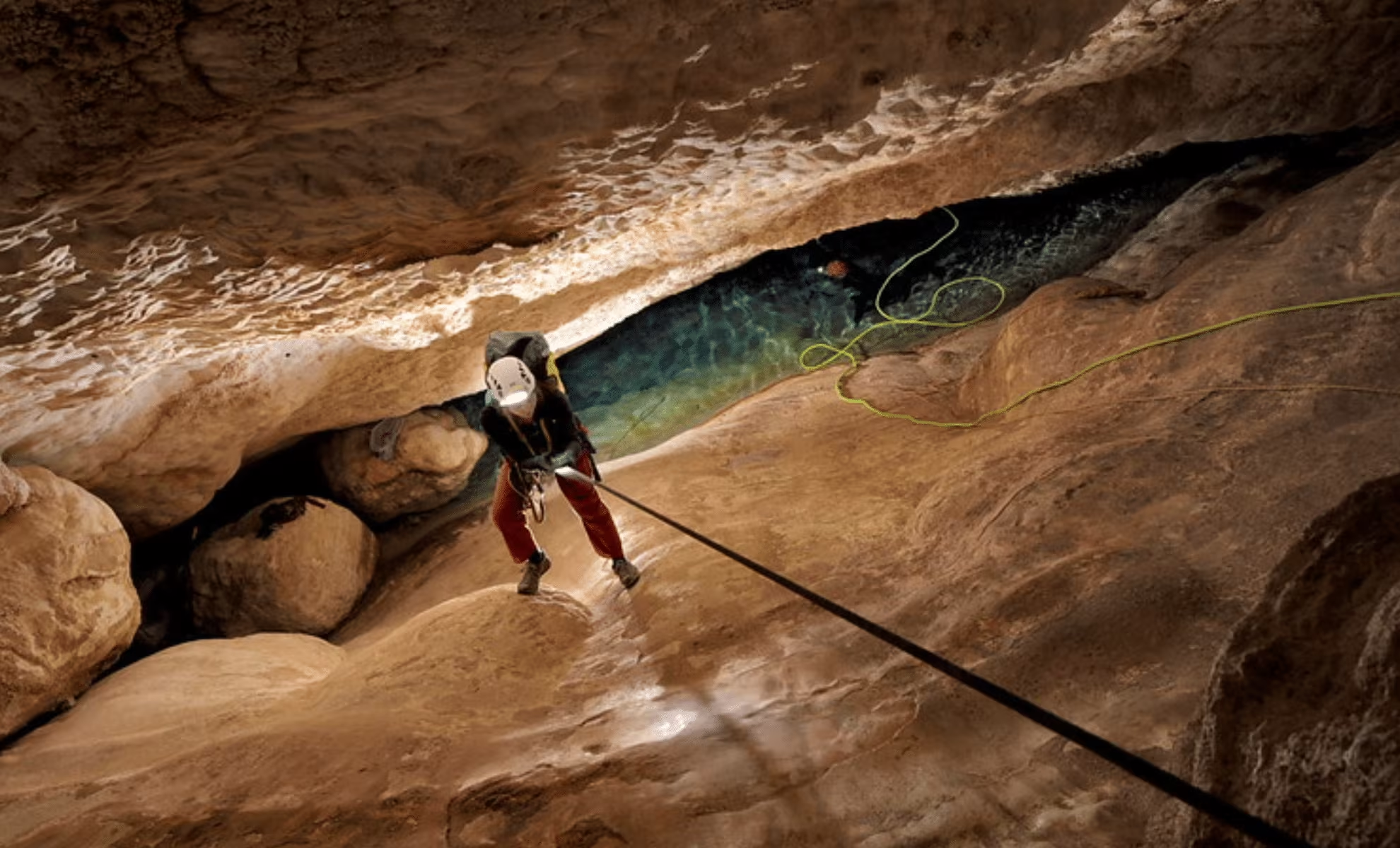Scientists Retrieve Half-Million-Year Climate Record from Submerged Calcite Deposits
In a remarkable feat of paleoclimatology and technical diving, researchers from Oregon State University (OSU) have successfully retrieved and analyzed a unique archive of climate data hidden deep within a submerged Nevada cave. The discovery, extracted from calcite deposits, provides an unprecedented, continuous record of regional climate variability spanning over 580,000 years.
This extraordinary timeline offers scientists a crucial baseline for understanding natural climate shifts, particularly concerning the ebb and flow of water resources and temperature fluctuations across the arid North American West during the Pleistocene epoch.

The Archive: Calcite Veins as Climate Recorders
The research focused on analyzing calcite deposits—mineral veins formed by water flowing through rock fractures—found within the cave system. Unlike traditional cave formations (speleothems) which can be intermittent, these calcite veins offer a continuous, unbroken record of the water chemistry and temperature of the regional groundwater system over vast stretches of time.
Why 580,000 Years Matters
This half-million-year record is invaluable because it covers multiple major glacial and interglacial cycles. By studying the isotopic composition of the oxygen and carbon within the calcite, scientists can reconstruct two primary variables:
- Temperature: The ratio of oxygen isotopes (specifically $delta^{18}O$) reflects the temperature of the water when the calcite precipitated.
- Hydrology: Changes in the carbon isotopes ($delta^{13}C$) indicate shifts in vegetation cover and soil activity above the cave, which are directly linked to regional precipitation and aridity.
This level of detail allows paleoclimatologists to pinpoint exactly how sensitive the North American climate was to global temperature changes in the deep past, providing critical context for current human-induced warming.
The Methodology: Science at Extreme Depths
The physical challenge of obtaining these samples was immense. The deposits were located in the deep, submerged sections of the cave, requiring highly specialized technical cave diving expertise. The OSU team had to carefully navigate the dark, confined spaces to extract the delicate mineral cores without contaminating or damaging the record.
“Retrieving these cores was like pulling a fragile, half-million-year-old book from the bottom of an underwater library,” explained one of the lead researchers. “The precision required, both in the diving and the subsequent lab analysis, was paramount to ensuring the integrity of the climate data.”
Once retrieved, the samples underwent rigorous analysis in the laboratory. Researchers used uranium-thorium dating techniques to accurately establish the age of the calcite layers, ensuring the 580,000-year timeline was precisely calibrated.

Key Findings from the Calcite Record
The preliminary analysis of the 580,000-year record has already yielded significant insights into the regional climate dynamics of the Great Basin:
- Sensitivity to Glacial Cycles: The record confirms that the region experienced dramatic shifts in water availability, correlating strongly with the expansion and retreat of continental ice sheets.
- Rapid Transitions: Evidence suggests that the transition periods between cold, wet glacial maximums and warm, dry interglacial periods were often rapid—sometimes occurring over just a few thousand years—highlighting the potential for swift, non-linear climate change.
- Long-Term Stability: Despite the dramatic shifts, the record establishes a long-term pattern of natural variability, which is essential for distinguishing natural climate cycles from recent anthropogenic changes.
Implications for Water Security and Future Climate Models
Understanding the natural range of climate variability is the cornerstone of modern paleoclimatology. This 580,000-year dataset provides a unique opportunity to test and refine the complex computer models used to predict future climate scenarios.
Refining Climate Sensitivity
By comparing the ancient record with known astronomical cycles (Milankovitch cycles) that influence Earth’s climate, scientists can better calibrate the climate sensitivity of the North American West. This is the measure of how much the global temperature changes in response to specific forcing factors, such as increased atmospheric carbon dioxide.
If the region was highly sensitive to past, smaller temperature shifts, it suggests that the current rapid warming trend could lead to more extreme and faster-paced hydrological changes—specifically prolonged droughts and shifts in snowpack—than previously modeled.

Context for Modern Droughts
The American West, including Nevada, has faced severe, multi-year droughts in recent decades. The historical context provided by the cave archive helps determine if these modern events fall within the natural range of variability or represent an acceleration caused by human activity. The ability to look back over half a million years allows researchers to identify the true extremes of natural drought cycles.
This research underscores the critical importance of preserving these subterranean archives. They act as natural data loggers, offering insights into Earth’s systems that cannot be replicated by modern instrumental records, which typically only span the last 150 years.
Key Takeaways
This deep-cave climate discovery provides foundational knowledge for future environmental planning and policy:
- Record Length: Scientists retrieved a continuous climate record spanning 580,000 years from calcite deposits in a submerged Nevada cave.
- Source of Data: The data is derived from the isotopic analysis of oxygen and carbon within the calcite, revealing past temperatures and regional hydrology.
- Research Team: The complex sampling and analysis were conducted by researchers from Oregon State University.
- Significance: The record covers multiple glacial and interglacial cycles, providing a crucial baseline for distinguishing natural climate variability from recent human-induced warming trends.
- Future Impact: The findings will be used to refine climate models and improve predictions regarding future water security and drought severity in the arid American West.
Conclusion
The successful retrieval and analysis of this ancient climate archive from the depths of a Nevada cave represent a major achievement in paleoclimatology. By bridging the gap between short-term modern observations and the deep history of the planet, this 580,000-year record offers a powerful tool. It confirms the dramatic natural swings of Earth’s climate system and provides the essential context needed to accurately assess the unprecedented speed and scale of the changes currently underway due to global warming. The data will be instrumental in helping policymakers prepare for the hydrological challenges facing the American West in the coming decades.
Originally published: November 24, 2025
Editorial note: Our team reviewed and enhanced this coverage with AI-assisted tools and human editing to add helpful context while preserving verified facts and quotations from the original source.
We encourage you to consult the publisher above for the complete report and to reach out if you spot inaccuracies or compliance concerns.

